Soft locs and faux locs are two popular protective hairstyles that differ in the type of hair used and the amount of maintenance required. Introducing Soft Locs Vs Faux Locs Protective hairstyles have become increasingly popular in recent years as people look for low-maintenance, versatile options to protect their natural hair.
Two popular choices in this realm are soft locs and faux locs. While both may appear similar at first glance, they differ in how they are achieved and the level of maintenance required. We will explore the distinctions between soft locs and faux locs, allowing you to make an informed decision about which style is best suited for you.
So, whether you’re considering trying one of these hairstyles yourself or simply curious about the differences, keep reading to discover the unique characteristics of soft locs and faux locs.
Soft Locs: A Natural And Gentle Alternative

Soft locs are a natural and gentle alternative to traditional locs. They are created using a combination of your natural hair and extensions, allowing you to achieve the look of traditional locs without the commitment or potential damage. Soft locs are created by first sectioning the hair and then wrapping extensions around each section using a crochet needle or other methods.
How are soft locs created
Soft locs are created by parting the hair into sections and then wrapping extensions around each section. This process can be done using a crochet needle or interlocking method. The extensions are typically made of synthetic hair or human hair, depending on your preference. Once the extensions are wrapped around each section, they are secured in place using a variety of techniques, such as braiding, twisting, or backcombing.
Pros of soft locs
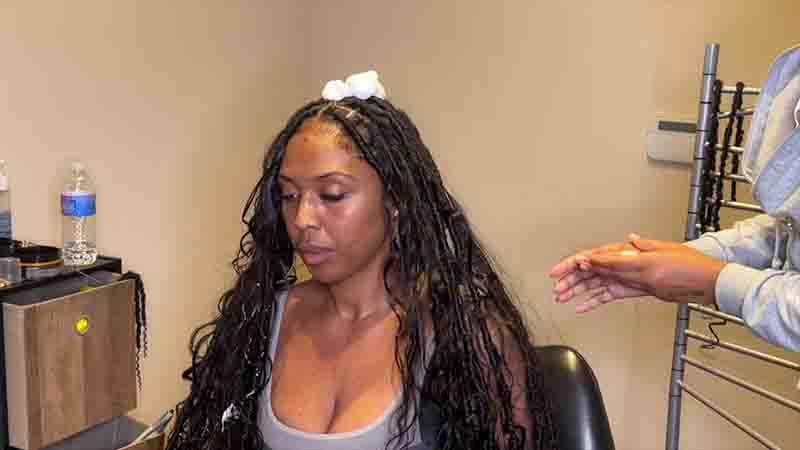
| Advantages |
|---|
| 1. Provides a natural and versatile look |
| 2. Gentle on the hair and scalp |
| 3. Less time-consuming compared to traditional locs |
Cons of soft locs
| Disadvantages |
|---|
| 1. Not as long-lasting as traditional locs |
| 2. May require more maintenance due to the use of extensions |
| 3. Can be more expensive depending on the type of extensions used |
Faux Locs: The Versatile Protective Style
Faux locs have become a popular and versatile protective style in the world of hair fashion. These locs are an imitation of the traditional dreadlocks, crafted using various techniques and materials. When installed, faux locs give the appearance of natural locs.
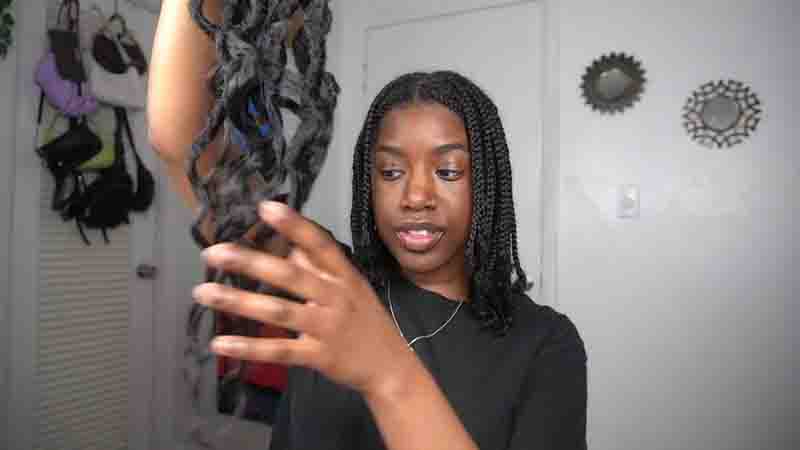
There are different methods used to install faux locs, depending on personal preferences and hair type. Some common techniques include wrapping, braiding, or twisting synthetic or natural hair extensions along with the individual’s own hair.
One of the pros of faux locs is that they offer a protective style that promotes hair growth and prevents damage. They can also be styled in various ways, allowing individuals to experiment with different looks. Additionally, faux locs are a great option for those wanting to switch up their hairstyle without the long-term commitment.
However, there are some considerations to keep in mind. Faux locs can be time-consuming to install and may require professional assistance for a neat and long-lasting result. They can also be heavy, depending on the length and thickness, which may cause discomfort for some individuals.
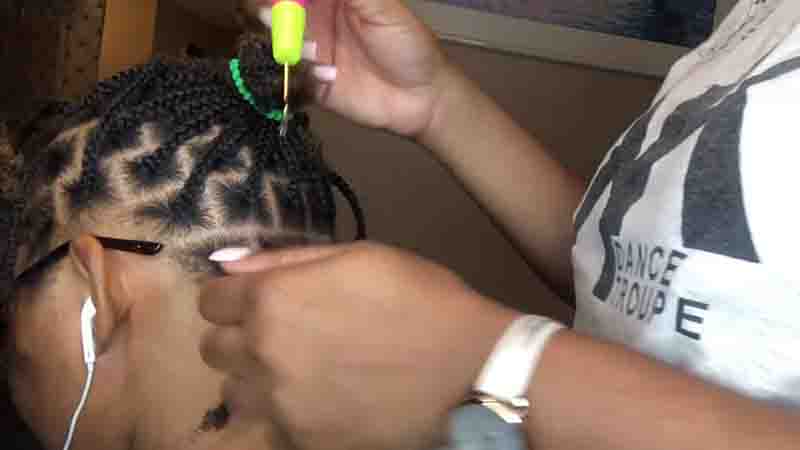
In summary, faux locs are a versatile protective style that can be installed using different methods. They offer many benefits, including promoting hair growth and allowing for various styling options. However, the installation process can be time-consuming and they may feel heavy to some individuals.
Choosing Between Soft Locs and Faux Locs: A Comprehensive Guide
Deciding between soft locs and faux locs is a significant choice that depends on various factors. Here’s a detailed breakdown to help you make the right decision:
1. Hair Type
- Soft Locs: Consider your hair type as different textures may respond differently. Soft locs are versatile and can work well with various hair textures.
- Faux Locs: Faux locs can be adapted to different hair types, but they may require more effort for straighter hair types to hold the locs.
2. Maintenance and Care
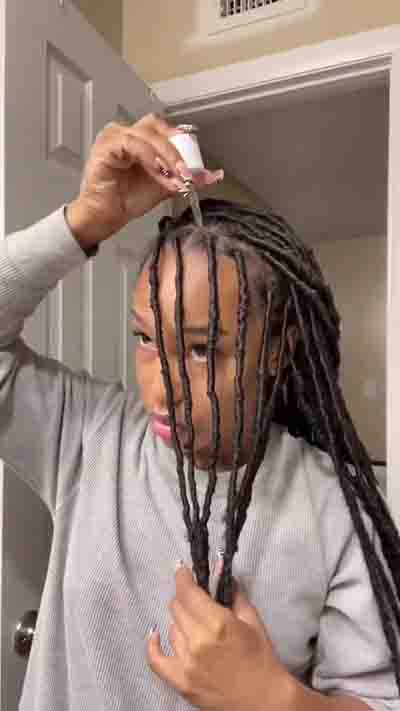
- Soft Locs: Both styles require regular maintenance, but soft locs may need more frequent retightening due to the natural hair’s growth.
- Faux Locs: Faux locs tend to require less frequent maintenance as they don’t rely on your natural hair’s growth.
3. Durability and Longevity
- Soft Locs: Soft locs may have a shorter lifespan compared to faux locs due to the natural hair’s growth and maintenance requirements.
- Faux Locs: Faux locs typically last longer because they are installed with extensions and don’t depend on your natural hair’s growth.
- Faux locs, which are created using hair extensions, can typically be worn for 6 to 8 weeks without causing excessive tension on your natural hair.
- Soft locs, created by wrapping your natural hair with extensions, can often be worn for a slightly shorter duration, around 4 to 6 weeks.
4. Styling Versatility
- Soft Locs: Soft locs offer more styling versatility. You can create various updos, braided styles, and intricate looks.
- Faux Locs: Faux locs provide fewer styling options but maintain a consistent appearance. They are great for a more uniform and tidy look.
5. Cost
- Soft Locs: Soft locs may be more cost-effective as they often require less hair extension material.
- Faux Locs: Faux locs tend to be more expensive due to the time required for installation and the amount of hair used.
6. Desired Look
- Soft Locs: Soft locs have a more natural and free-flowing appearance, resembling authentic locs.
- Faux Locs: Faux locs have a neater and more uniform appearance, mimicking the structured look of traditional locs.
7. Budget
- Consider your budget, as it can impact your choice. Soft locs might be more budget-friendly initially, while faux locs may require a larger upfront investment.
8. tension and stiffness
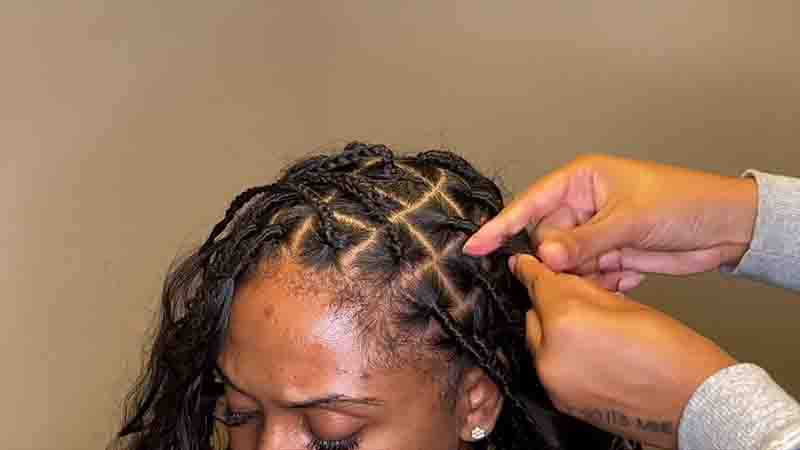
- Faux Locs: Faux locs can be adjusted to have varying degrees of tension. The level of tension is influenced by how tightly the extensions are wrapped or braided onto the natural hair. If installed with moderate tension, faux locs can feel secure without causing excessive pulling on the scalp. However, if installed too tightly, they can cause discomfort and even hair damage.
- The stiffness of faux locs is primarily influenced by the type of hair extensions used. Synthetic hair extensions can sometimes feel stiffer and less flexible than softer, more natural-looking options. However, it’s possible to find synthetic extensions that have a softer texture to create a more comfortable and less stiff faux loc style.
- Soft Locs: Soft locs, as the name suggests, are typically designed to have a gentler tension on the scalp. They are often created by wrapping or braiding hair extensions in a way that provides a more natural and less tightly secured appearance. Soft locs are known for being less harsh on the scalp compared to some tightly installed faux locs.
- Soft locs are designed to have a more natural and flexible appearance. The extensions used for soft locs are often chosen for their soft, human hair-like texture, which gives them a more relaxed and less stiff feel. This can make soft locs more comfortable to wear, especially for those who prefer a softer, more natural look and feel.
9. Are your soft or faux locs feeling tight and uncomfortable
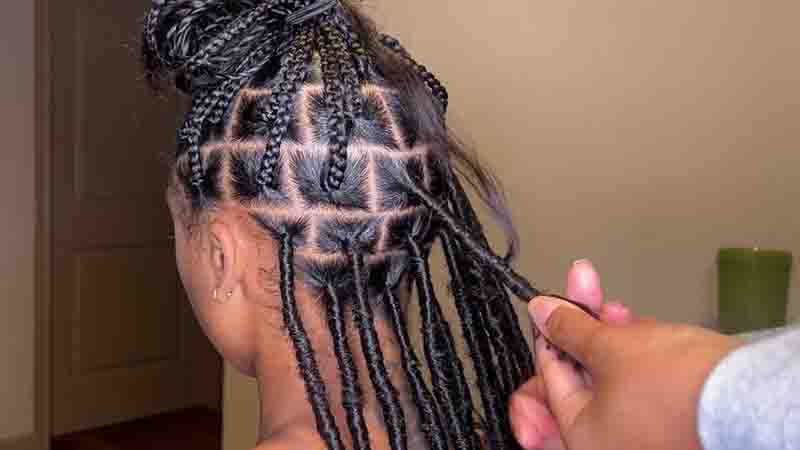
- Proper Maintenance and Care: Proper maintenance and care are crucial for loosening tight soft and faux locs. Regular washing and conditioning are essential to maintain the health and flexibility of your locs. When washing, use a gentle shampoo that is specifically formulated for locs to prevent excessive drying or residue buildup. Be sure to thoroughly rinse your locs to remove all traces of shampoo.
- Conditioning for Softening: Conditioning is equally important, as it helps to moisturize and soften the hair, making it more pliable and easier to loosen. Look for a lightweight and hydrating conditioner that will not weigh down your locs. Additionally, consider using a deep conditioning treatment once or twice a month to further nourish your hair.
- Choosing the Right Products: When choosing products, opt for those that are specifically designed for locs and contain natural ingredients like coconut oil, shea butter, and aloe vera. These ingredients provide moisture and nourishment, helping to loosen your locs without causing damage or breakage.
- Gentle Stretching Techniques: Gentle stretching techniques can help loosen tight soft and faux locs without causing damage or breakage. Incorporating heat and steam is a popular method to safely stretch locs. Using a hair steamer can help open up the hair cuticles, making it easier to manipulate and loosen the locs.
- Warm Water and Towel Technique: Another technique is using warm water and a towel to create a steam effect. Simply wet the towel with warm water, wring out the excess, and place it over the locs for a few minutes. This gentle heat will help to loosen the locs gradually.
- Patience and Avoiding Excessive Pulling: When stretching locs, it is important to be patient and avoid excessive pulling or tugging, as this can cause breakage. Instead, try gently massaging the root of each loc to encourage relaxation and looseness. Additionally, incorporating regular moisturizing and conditioning into your loc care routine will help keep the hair soft and flexible, making it easier to stretch without causing damage.
FAQ
The preference between soft locs and faux locs often depends on personal style and desired appearance. Soft locs typically have a more natural and lightweight feel compared to traditional faux locs, but what’s “better” can vary based on individual preferences.
When installed properly and cared for correctly, faux locs generally do not damage the hairline. However, excessive tension during installation or neglecting the edges can potentially cause damage.
Dipping soft locs in hot water can help set the locs and smooth out any frizziness, but it’s essential to be cautious with the water temperature to avoid damaging the synthetic or natural hair used in the locs.
The longevity of faux soft locs can vary depending on the quality of installation, maintenance, and the individual’s care routine. On average, they can last around 6 to 8 weeks but may endure longer with proper care.
Soft locs can fall under the category of faux locs. The term “soft locs” generally refers to a specific style of faux locs that have a softer and more natural texture and appearance.
Faux locs can get tangled, particularly if they’re not well-maintained or if there’s excessive friction or rubbing against clothes or accessories. Regular upkeep can prevent tangling.
Faux locs might cause itching, especially if the installation is too tight or if the hair and scalp aren’t adequately clean during the installation process. Proper washing and maintaining cleanliness can help alleviate itching.
When installed and cared for properly, soft locs should not be bad for your hair. However, if too much tension is applied during installation or if the locs are too heavy, it can potentially cause damage.
Passion twists and soft locs are two distinct protective styles. Passion twists involve a two-strand twisting method, while soft locs imitate the appearance and texture of natural locs, typically using synthetic hair. They have different textures and installation techniques.
Soft locs are relatively easier to remove compared to natural locs, as they’re typically created with synthetic hair that’s lighter and easier to unravel. However, care should be taken to avoid damaging your natural hair during the removal process.
Yes, you can get soft locs wet. However, proper drying after getting them wet is important to prevent issues like mildew and odor, especially if the hair used in the locs retains water.
Faux locs can typically last around 6 to 8 weeks, but the duration can vary based on the quality of installation and maintenance.
Faux locs, when installed and cared for properly, are not inherently bad for your hair. However, if not installed or maintained correctly, they can cause damage due to excess tension or neglect.
Faux locs are a temporary style and are not meant to be kept in forever. They can be worn for a few weeks to a few months, but eventually, they need to be removed to give your natural hair a break and proper care.
Soft locs can act as a protective style, reducing the need for daily styling and manipulation, which can aid in preserving the health of your natural hair. However, if installed too tightly or not cared for properly, they could potentially damage your hair.
Faux locs can last up to 3 months with proper maintenance and care. However, it’s important to monitor the condition of your natural hair underneath and ensure that the locs are not causing any damage or excessive tension over time.
Conclusion
Ultimately, whether you choose soft locs or faux locs greatly depends on your personal preferences and desired style. Soft locs offer a natural and lightweight option that is perfect for those seeking a more versatile look. On the other hand, faux locs provide a temporary and low maintenance alternative that allows for experimentation without long-term commitment.
Consider your hair type, lifestyle, and desired look when making your decision. Whichever option you choose, remember to care for your locs properly to maintain their beauty and longevity.

